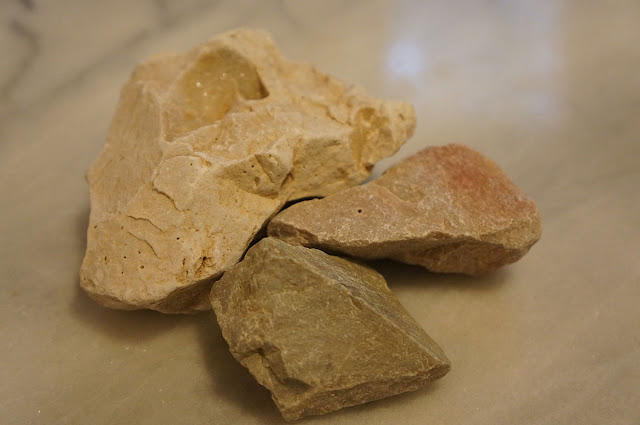Dolomite: A promising mineral for construction and agriculture industries
Importance of Dolomite in construction
Dolomite is one of the primary minerals used in construction industry globally. It is mainly used as an aggregate in road construction, concrete production and railway ballast. Dolomite aggregate is widely used in road construction due to its ability to withstand pressure and impact. Its high strength and durability makes it a suitable material for constructing highways, roads and bridges. Being resistant to weathering, dolomite roads last longer compared to other aggregates.
Apart from aggregates, Dolomite is also used as a fluxing agent during steel manufacturing. Finely powdered dolomite is mixed with other fluxing materials in steel furnaces. The calcium-magnesium content of dolomite lowers the melting point and viscosity of slag, facilitating the steel making process. Dolomite flux also improves the fluidity and protects refractory linings of blast furnaces and basic oxygen furnaces.
Another major construction application of dolomite is in production of
concrete. Dolomite aggregate renders high strength to concrete and improves its
durability. When calcium hydroxide, released during cement hydration, reacts
with dolomite aggregate, calcium-magnesium-aluminum-silicate-hydrate gel is formed.
This gel aids in early strength development of concrete and makes it more
resistant to corrosion. Dolomite concrete is preferred for building seawalls,
bridges and other infrastructure in coastal areas due to its ability to
withstand marine environment.
Role of Dolomite in agriculture
Apart from construction, dolomite has various uses in agriculture as well.
Finely ground dolomite rock is widely used as a soil conditioner and pH buffer.
Being a natural source of calcium and magnesium, dolomite helps maintain proper
soil pH balance which is crucial for nutrient availability to plants. Being
alkaline in nature, dolomite neutralizes soil acidity and improves the physical
structure of clayey soils by flocculating clay particles. This enhances
aeration and drainage of soils.
Dolomite is also a key ingredient in several multi-nutrient fertilizers. The
presence of calcium and magnesium makes dolomite-based fertilizers ideal for
magnesium and calcium deficient soils. Dolomitic limestone or dolomite fertilizers
restore soil magnesium levels, correcting Mg deficiencies in crops like
sugarcane, soybean, cotton etc. Dolomite fertilizers also satisfy the
simultaneous requirement of calcium and magnesium in many plants.
Dolomite as an animal feed supplement
Being rich in calcium and magnesium, fine powdered dolomite is used extensively
as a dietary mineral supplement for poultry and livestock. Calcium is essential
for building strong bones and teeth in animals, whereas magnesium plays a vital
role in muscle contraction, nerve function and blood clotting. Feed grade
dolomite powder satisfies the calcium as well as magnesium needs of poultry,
cattle, pigs and other animals. It plays a preventive role in correcting
metabolic disorders arising from Ca and Mg deficiencies.
Availability and global production of dolomite
As per the latest US Geological Survey data, India holds around 8% of global
dolomite reserves mainly located in the states of Rajasthan, Maharashtra,
Gujarat, Andhra Pradesh and Madhya Pradesh. Other major dolomite producing
countries are China, Iran, Russia, Ukraine, Turkey and the US.
In 2020, global dolomite production was estimated at around 380 million tonnes.
China accounts for over 30% of worldwide dolomite mining with an annual output
of 120 million tonnes. Other major producing countries are India, Iran, Ukraine
and Turkey. Apart from construction and agriculture uses, dolomite also finds
application in glassmaking, ceramics and magnesium metal production globally.
Going forward, with growing global construction activities and rising
mechanization in agriculture, demand for dolomite is projected to increase
steadily at an annual rate of 3-4% in the coming years. Continuous
infrastructure development and expanding middle class population particularly
in emerging Asian economies will drive consumption of dolomite in construction
sector. Similarly, development of precision farming techniques will augment
dolomite consumption for soil and animal nutrition applications. Overall,
dolomite is expected to remain a sought-after mineral resource supporting
multiple industries globally.
Get more insights on Dolomite




Comments
Post a Comment